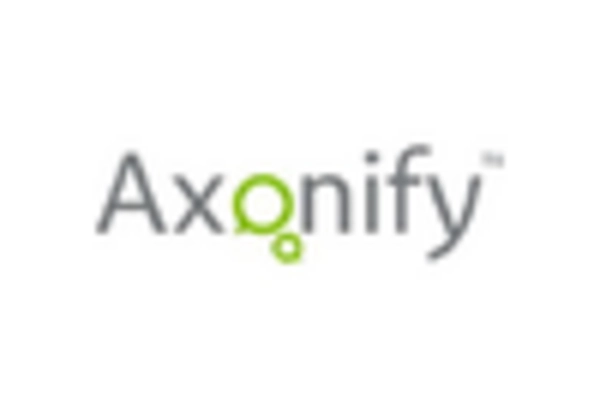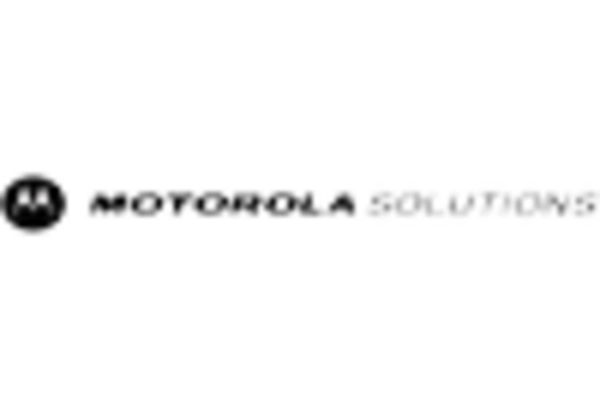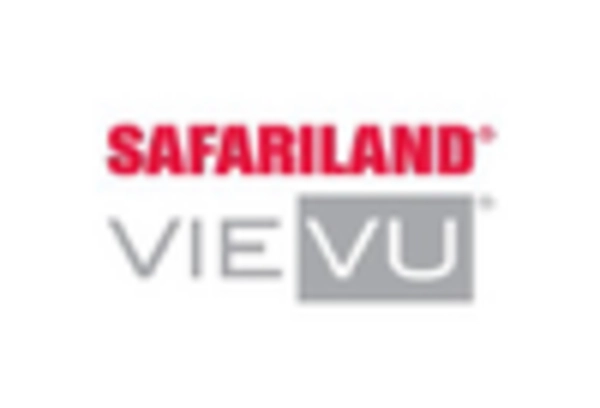Leading market players are investing heavily in research and development to expand their product lines, which will help the body-worn camera market grow even more. Market participants are also undertaking various strategic activities to expand their footprint, with important market developments including new product launches, contractual agreements, mergers and acquisitions, higher investments, and collaboration with other organizations. To expand and survive in a more competitive and rising market climate, the body-worn camera industry must offer cost-effective items.
Manufacturing locally to minimize operational costs is one of the key business tactics manufacturers use in the body-worn camera industry to benefit clients and increase the market sector. Major players in the body-worn camera market, including Axon Enterprise, Inc., Panasonic Corporation, Motorola Solutions, Inc., GoPro, Inc, Transcend Information, Inc., WatchGuard Technologies, Inc., and others are attempting to expand market demand by investing in research and development operations.
Motorola Solutions Inc is a provider of solutions, communication products, and services. The company's products include systems, networks, devices, accessories, video solutions, software, and applications. It also provides managed, maintenance, integration, implementation, cyber security, LTE devices, video security and analytics, LTE broadband systems, land mobile radio (LMR), two-way radio solutions, software updates, TETRA application and monitoring services. The company serves public safety, government, first-responder, utilities, oil and gas, hospitality, manufacturing, transportation and logistics, and mining industries. Motorola Solutions markets its products and services through a direct sales force, distributors, dealers and independent software vendors.
In July 2022, Motorola Solutions announced the integration of body-worn cameras and in-car video systems into CommandCentral Aware, allowing law enforcement agencies to access multiple points of view via live-stream video and the location of critical resources.
Nokia Corp is a communications and information technology firm that works in the areas of network infrastructure and advanced technologies. It offers fixed networks, mobile phones, BSS/OSS, IP routing, optical networks, private networks, data centers, radio controllers, network implementation, IoT, and 5G services. Nokia also offers network management, managed analytics, network security and application services. Nokia serves the mobile network operators, enterprises, government, public sector, financial services, retail, energy and resources, automotive, healthcare, logistics, manufacturing, and transportation industries. In May 2022, Nokia collaborated with Savox and launched a 5G video head-mounted camera.
Savox is a provider of communication solutions for defense and public safety markets. This camera enabled miners, manufacturers, public safety agencies, and others to connect securely with machines and people.


















Leave a Comment